EYELID EDUCATION
Not all eyelids are the same. In fact, eyelid shapes and sizes can be beautifully distinct several key anatomical ways.
One of the most noticeable differing eyelid types are monolids, where the upper eyelid lacks a visible crease, which gives the eye a smoother, flatter appearance. This is due in part to a thicker layer of preaponeurotic fat in the upper eyelid, which can prevent a crease from forming and adds to the soft, full look of the lid.
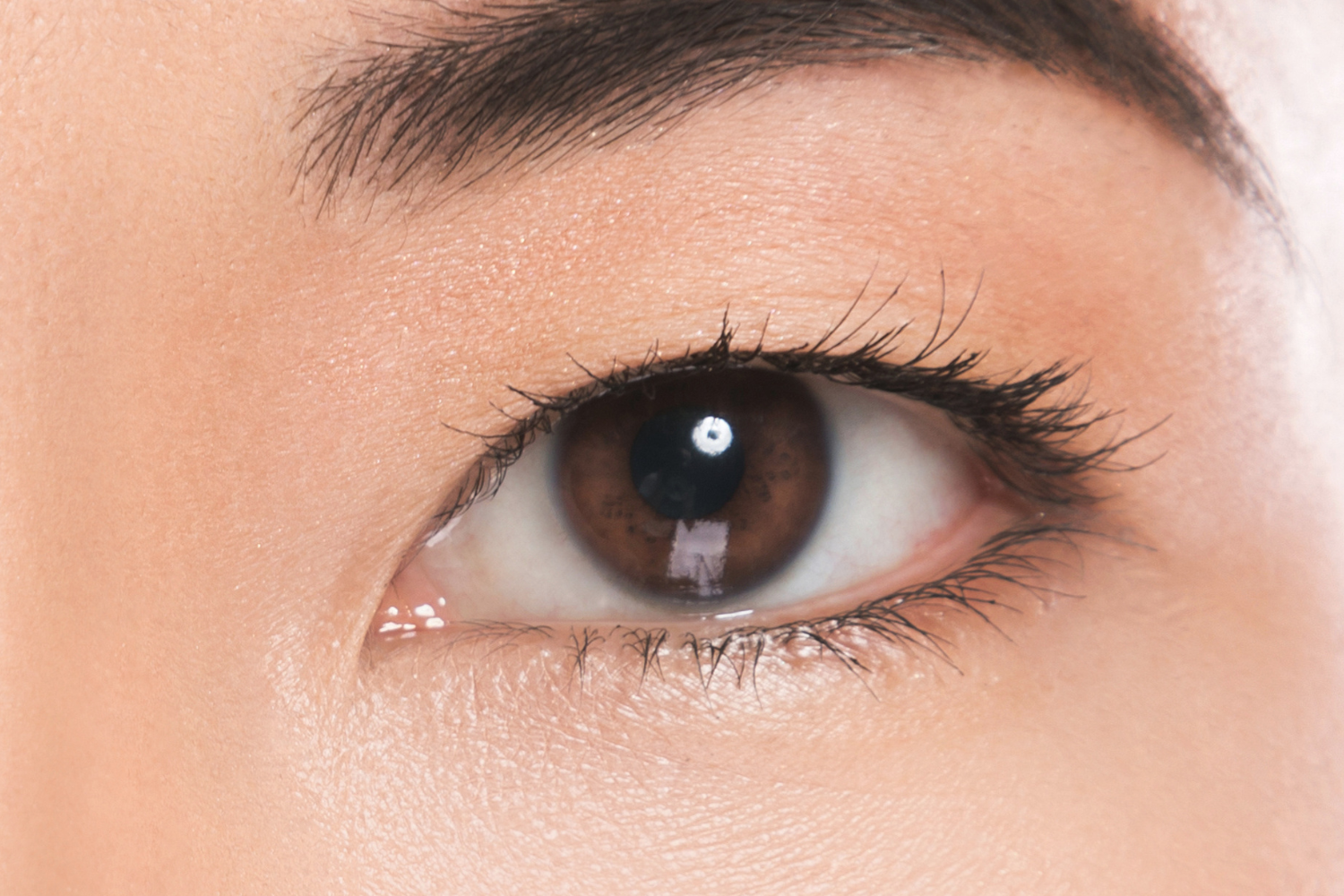
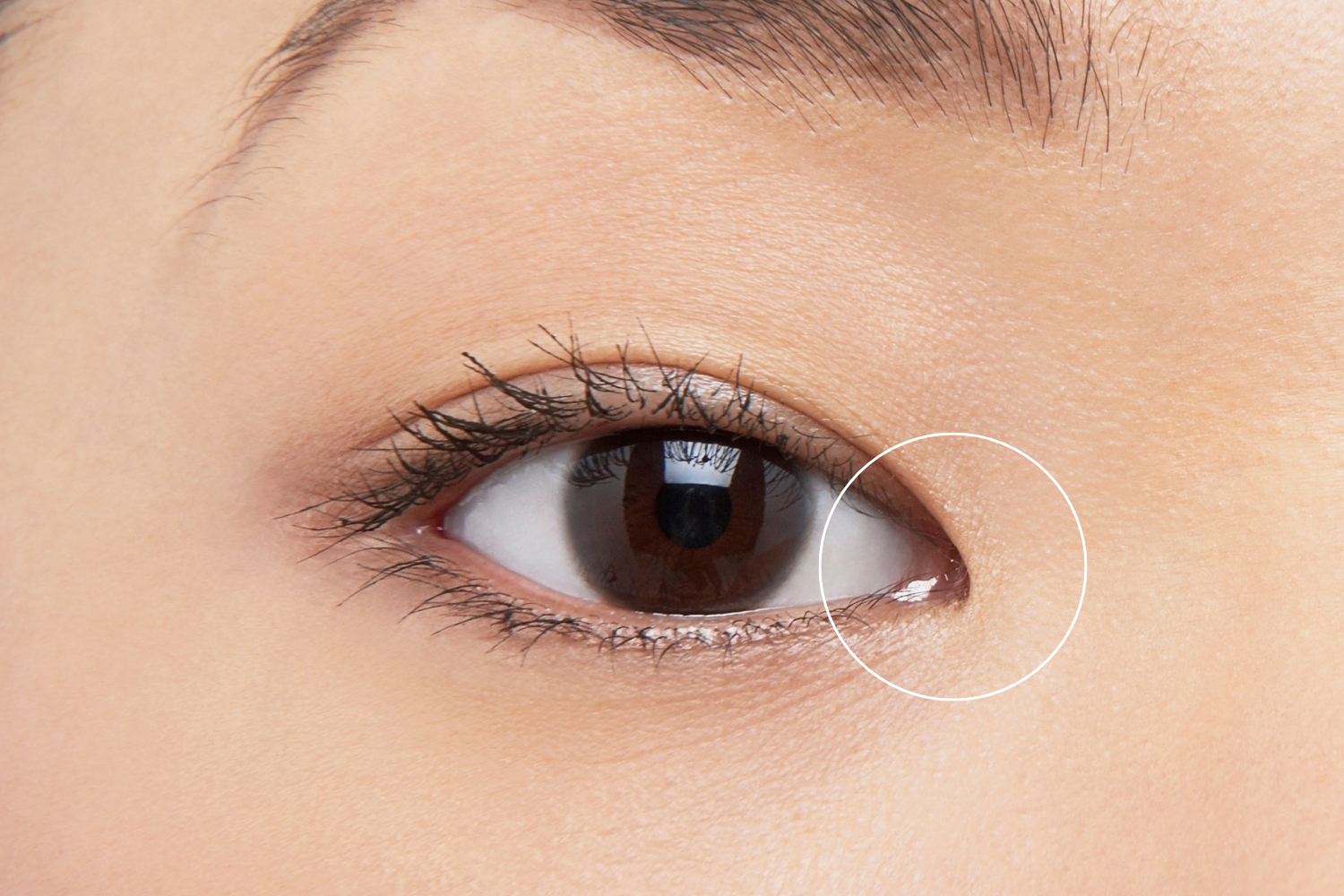
Another eyelid variable that's less known is the epicanthic fold, a small fold of skin that covers the inner corner of the eye. This creates the signature almond-shape seen in many East Asians and adds to the unique structure of the eyelid. If the epicanthic fold is more pronounced, it will cover the inner corner of the eye and extend across the entire upper eyelid, leading to a smooth, uninterrupted surface from inner and outer corners and from the lash line to the brow - also known as a monolid.
A moderate epicanthic fold may crease as it reaches the upper eyelid, whether towards the front of the eye or towards the middle, which could then be considered a hooded eye or double eyelid. For some people, the epicanthic fold may be less pronounced or it may fold differently as the person ages.
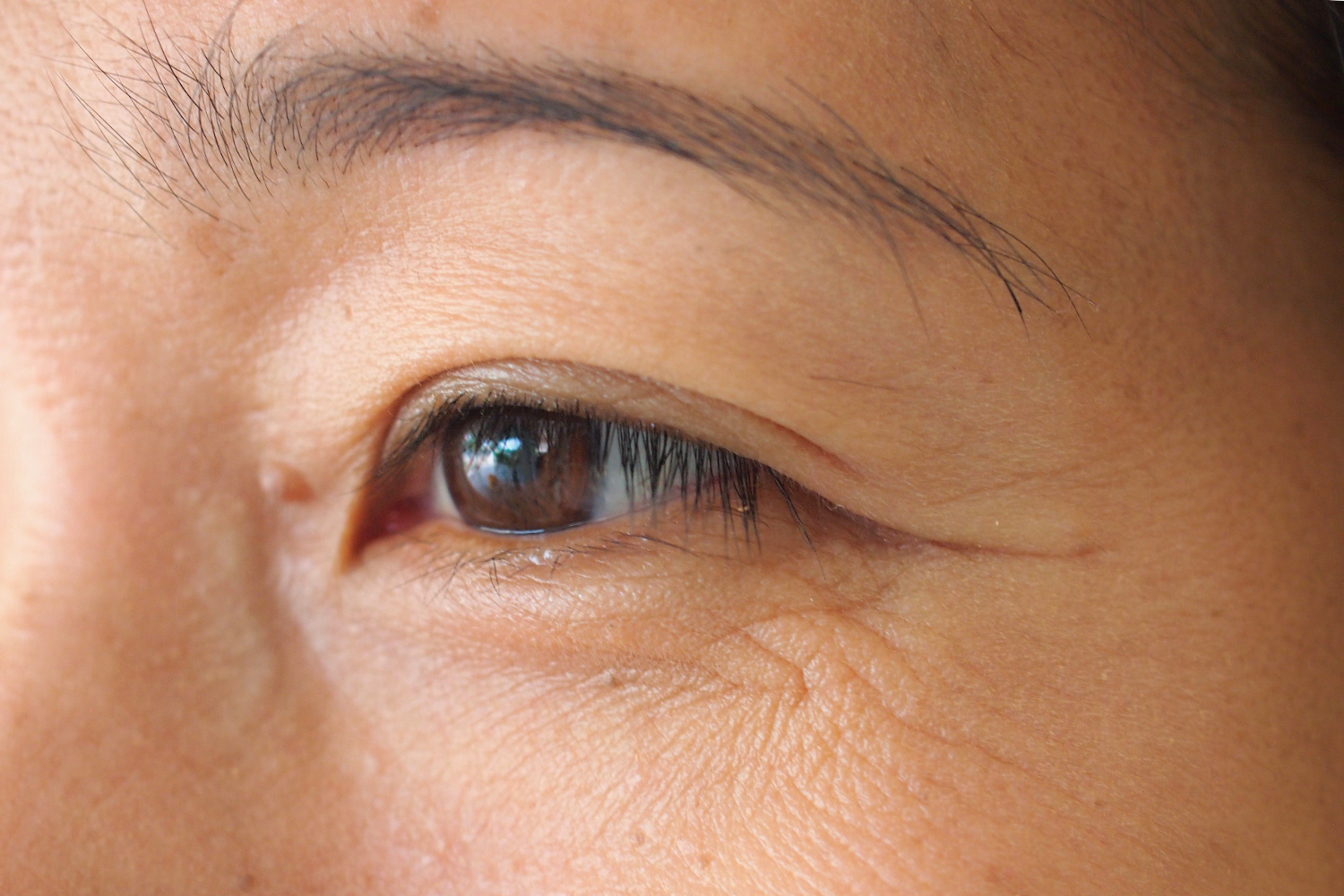
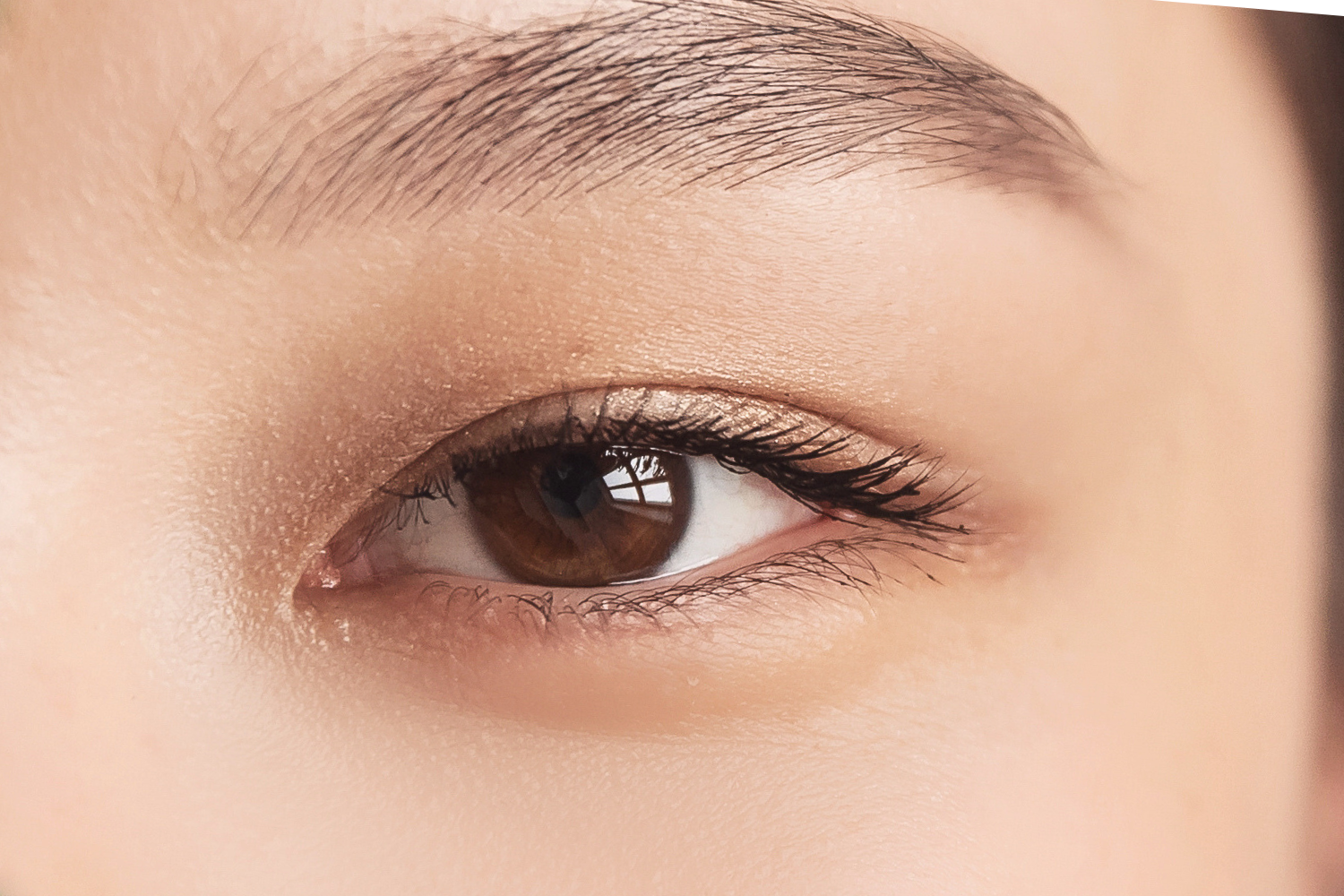
While double eyelids seem to be the most common eyelid type, it's actually just a first category to differentiate between having no crease (monolid) or having a crease (double eyelid). Usually, there's more to a double eyelid than it just being creased. Where the crease or fold in the eyelid is, can differ quite a bit. For example, if your eyelid fold is lower and not as deep set, this is referred to as a "lower crease." And, depending on how deep set your crease is, can contribute to how small or large your eyes appear. But, more often, as we age, double eyelids will become saggier, and excess skin will begin to droop over the fold of your eyelid, which would then be considered hooded eyes.
Hooded eyes or hooded eyelids occur when excess skin or fat hangs over the crease of the eyelid, creating a "hood" that partially or completely covers the crease. The skin above the crease "folds down" and can sometimes obscure the crease, especially when the eyes are open. You can be born with hooded eyes, whether you have a tendency towards "extra" eyelid skin, or due to a more prominent brow bone, that seems to leave less eyelid space. Or, hooded eyes often develop over time as our eyelids mature and the skin looses elasticity.
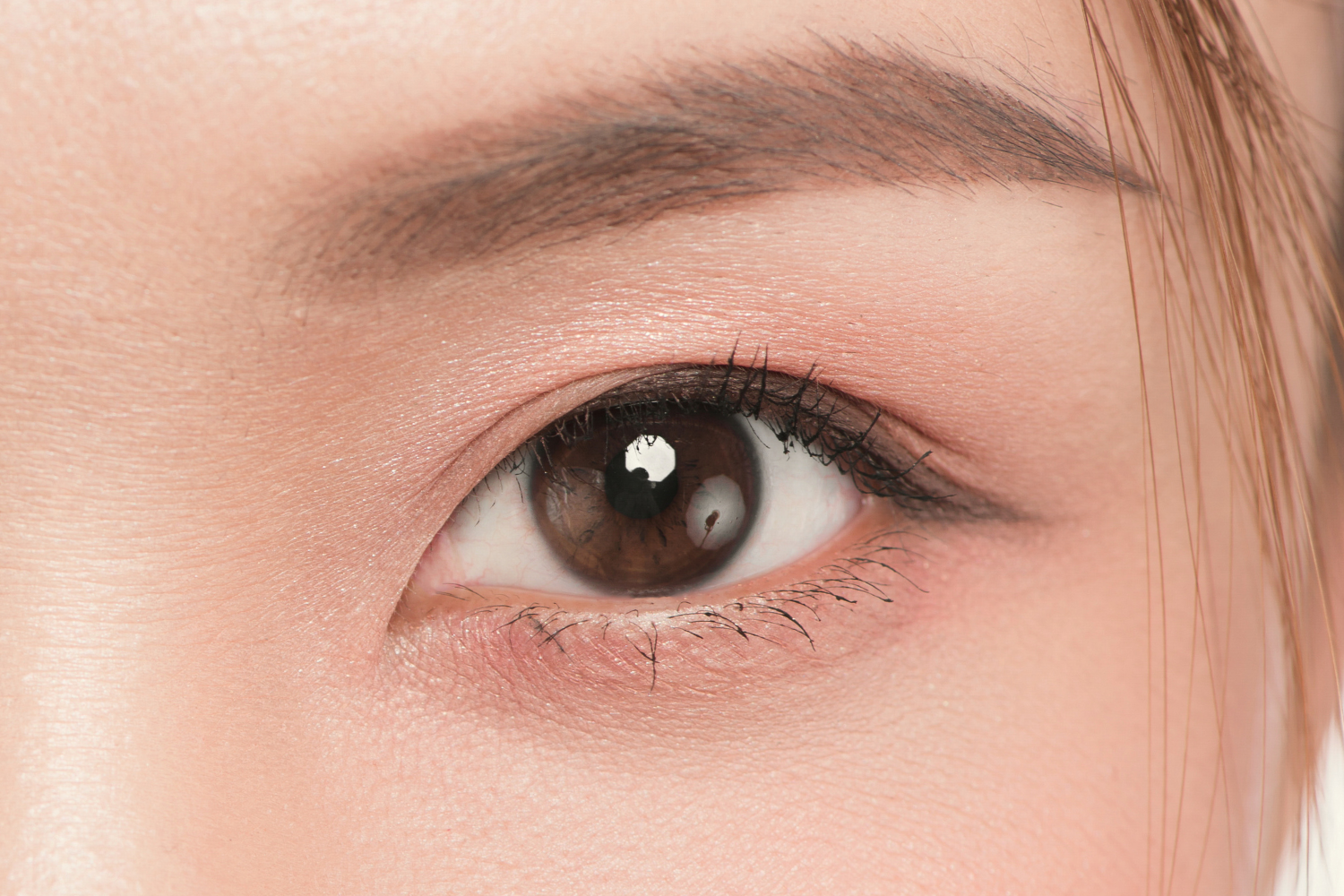
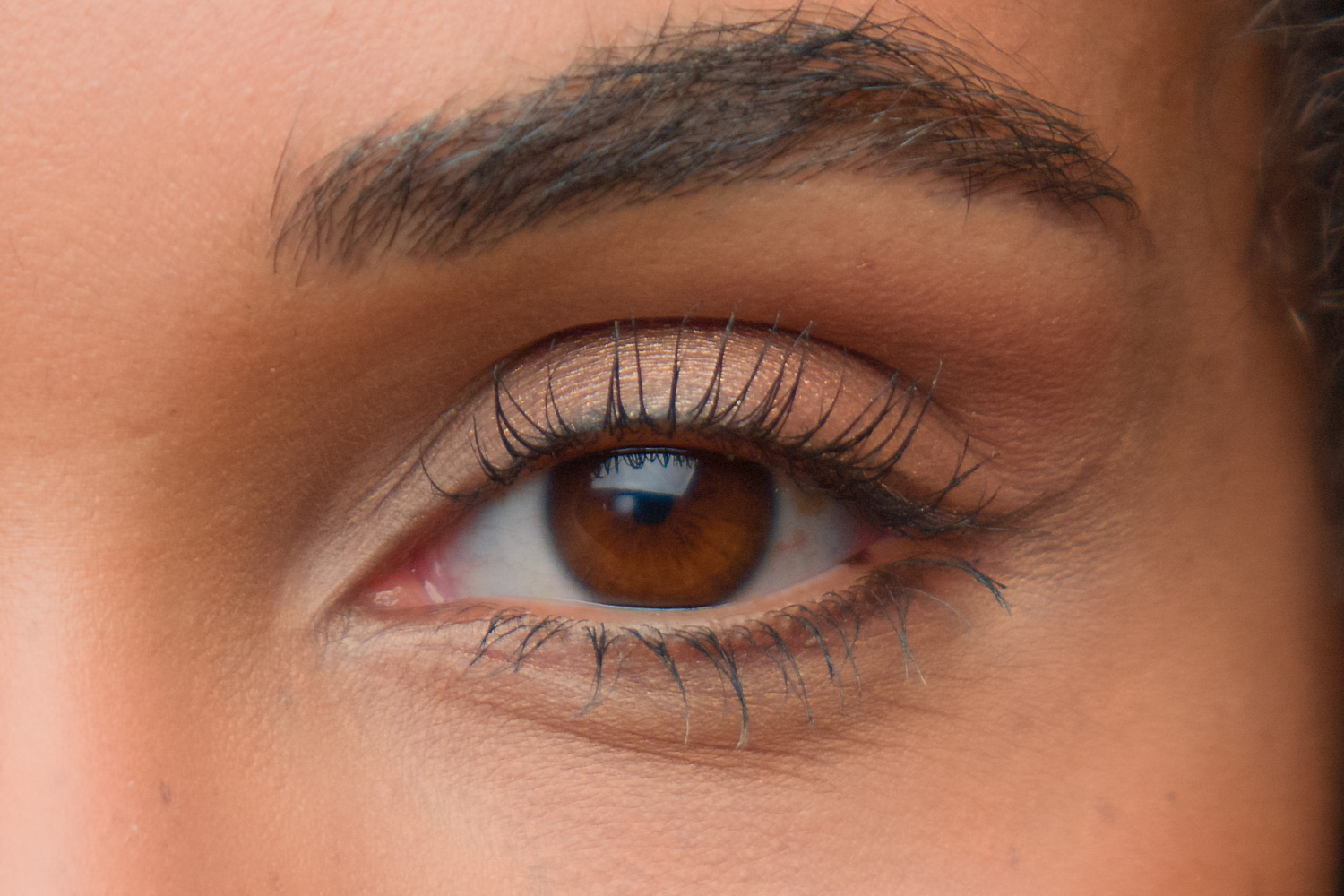
A "classic" double eyelid has a crease that is well-defined and visible, even when the eyes are open, and does not have an epicanthic fold. This makes the eyelid look more prominent and gives a deeper, more open-eyed appearance.
What causes our eyelids to have these distinctions? It's the combination of the levator aponeurosis and preaponeurotic fat pad. The levator aponeurosis is a thin sheet of connective tissue that extends from the levator muscle, which lifts your upper eyelid. It fans out and connects to tarsal plate (a firm structure in the lid), and in many people, the skin of the upper eyelid. When the aponeurosis attaches to the skin, it pulls the skin inward as the eye opens, creating a visible eyelid crease. This is how a double eyelid forms. Preaponeurotic fat is a natural fat pad located just in front of the levator aponeurosis, beneath the eyelid skin. Regarding monolids, the preaponeurotic fat pad is more prominent, and it adds fullness to the upper eyelid, preventing the skin from folding easily. If the preaponeurotic fat pad is more prominent, it can push down on the levator aponeurosis, preventing it from pulling the skin back in the way that forms a visible eyelid crease. The fat pad also contributes to the hooded eyelid appearance, especially if it is thicker. As the fat pad creates fullness in the upper lid, it can overhang the crease or make the eyelid skin fold down, which contributes to a hooded or heavy look.
These features are natural variations shaped by genetics, not flaws. But they do call for beauty products - like lashes - that are designed with a better fit in mind. At Hannah Cho Beauty, our lashes are made specifically to complement monolids, hooded eyes, epicanthic folds, and smaller eye shapes for a comfortable, natural-looking fit and feel.
Learn more about the different eyelid types on our Eyelid Types page